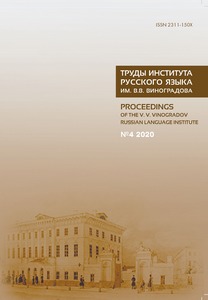The Representation of the Baptism of Christ in Muscovite Iconography: Tradition and Innovation
Abstract:
This paper addresses the representation of Christ in images of the baptism in Eastern and Western iconography. In Byzantine icon pattern books, Christ is traditionally depicted without covering, his nakedness demonstrating his complete humanity and his humility before John the Forerunner. From the 6th century on, Christ is shown standing naked in the Jordan River with water above his waist or with a deftly placed hand or element of landscape obscuring his groin, thereby providing a screen for his nakedness. Later images show the introduction of a loincloth; the ungirded and girded exemplars of Christ are found in Novgorod in the late 14th c. and in Moscow from the late 15th c., but concentrated thereafter in Moscow and regions under its immediate influence. This study seeks to understand when and why the girded iconography emerged in Orthodox iconography, how it made its way to Muscovy, and why it is geographically constrained in Muscovy.


